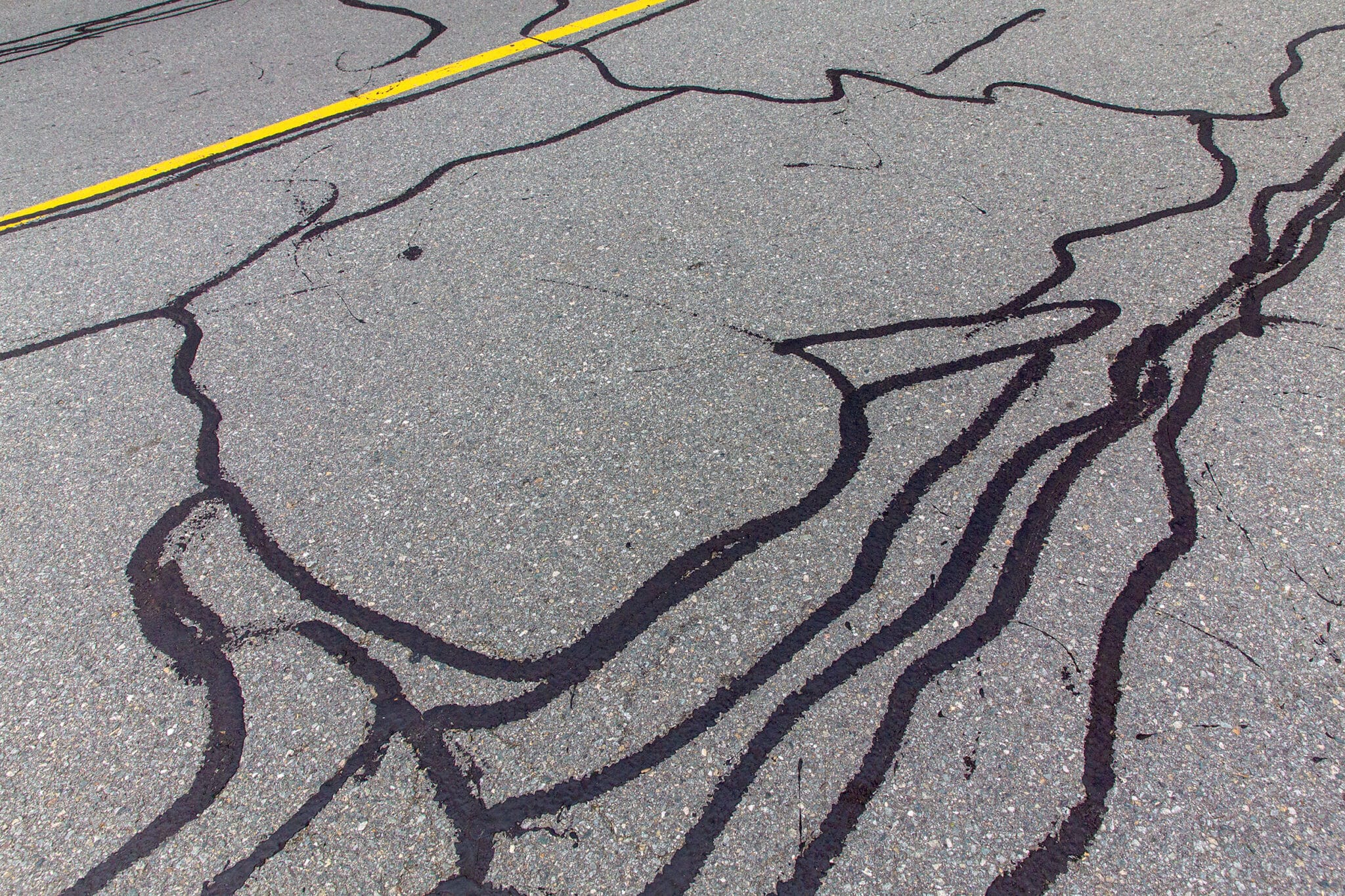Effective Asphalt Repair: Cold Mix Sealing Techniques Revealed
Effective Asphalt Repair: Cold Mix Sealing Techniques Revealed
Blog Article
Cold Mix Asphalt Vs. Hot Mix Asphalt: Which Is Right for You?

Structure Differences
Cold mix asphalt is produced by emulsifying the asphalt binder with water and an emulsifying agent prior to mixing it with accumulation. The warm mix asphalt production procedure entails heating up the aggregate and asphalt binder individually before integrating them at the asphalt plant.
Moreover, cold mix asphalt has a tendency to be less dense and a lot more adaptable than hot mix asphalt. This flexibility makes it better matched for areas with greater levels of movement, such as driveways or roads with rush hour. On the other hand, warm mix asphalt is recognized for its high resilience and resistance to rutting and breaking, making it a preferred option for freeways and high-traffic roads where longevity is essential.
Installation Process Variances
The process of setting up cold mix and warm mix asphalt exhibits noteworthy differences in their treatments and demands. In contrast, hot mix asphalt necessitates a more sophisticated installment procedure. Due to the heating demands, warm mix asphalt installations are normally carried out by experts with specific devices, ensuring a more permanent and structurally audio result.
Sturdiness and Durability Variables
When considering asphalt options, sturdiness and longevity are important aspects to examine for enduring pavement performance,. Hot mix asphalt (HMA) is known for its extraordinary sturdiness and durability. The high temperature levels during the laying and blending procedure enable better compaction, causing a denser and stronger pavement structure. This leads to HMA being extra immune to heavy traffic loads, severe weather problems, and the effects old compared to cool mix asphalt (CMA)
In terms of longevity, HMA usually exceeds CMA due to its superior stamina and resistance buildings. HMA sidewalks have a longer life span, calling for less constant fixings and upkeep, which can equate to cost savings over time. In addition, HMA sidewalks are more quickly customizable to satisfy particular project demands, further improving their durability.
Cost Factors To Consider
Thinking about the economic ramifications is a vital facet when examining the choice between hot mix asphalt (HMA) and cold mix asphalt (CMA) for pavement jobs. While the first price of hot mix asphalt is typically higher than that of cool mix asphalt, HMA frequently supplies a more economical remedy in the long run because of its exceptional longevity and longevity. HMA is known for its capability to endure rush hour loads and severe weather, decreasing the requirement for constant fixings and upkeep. On the various other hand, cold mix asphalt is a lot more budget friendly upfront yet may require more constant patching and resurfacing, bring about higher maintenance costs in time.
In addition to great site product costs, it's crucial to think about the expenditures connected with installation and maintenance when contrasting HMA and CMA. Ultimately, the decision between HMA and CMA need to take into account not simply the initial price yet likewise the long-term monetary implications to figure out the most affordable alternative for the particular sidewalk project.
Environmental Effect Contrast
Comparison of the ecological influences in between hot Full Report mix asphalt (HMA) and chilly mix asphalt (CMA) exposes distinctive distinctions in sustainability techniques. HMA manufacturing requires high temperature levels, leading to boosted power usage and greenhouse gas exhausts.
Moreover, the use of CMA commonly includes recycling existing asphalt pavement, promoting resource conservation and decreasing the quantity of waste sent out to land fills. By opting for CMA over HMA, road building projects can add positively to ecological preservation initiatives.
Conclusion
In verdict, the option between cool mix asphalt (CMA) and warm mix asphalt (HMA) relies on different factors such as structure, installation procedure, resilience, longevity, price, and ecological impact. cold mix asphalt. While CMA provides a quick and economical option for small repair work, HMA guarantees exceptional toughness and durability for rush hour areas. Think about these factors carefully to establish which type of asphalt is the right selection for your paving needs

Thinking about the monetary view it now effects is a crucial aspect when examining the selection in between hot mix asphalt (HMA) and cool mix asphalt (CMA) for pavement tasks. While the first cost of hot mix asphalt is generally greater than that of chilly mix asphalt, HMA frequently supplies a much more affordable solution in the lengthy run due to its superior longevity and long life. asphalt patch repair.Contrast of the ecological influences between warm mix asphalt (HMA) and cold mix asphalt (CMA) reveals distinct distinctions in sustainability techniques.In verdict, the option in between chilly mix asphalt (CMA) and warm mix asphalt (HMA) depends on various aspects such as make-up, installment process, sturdiness, longevity, cost, and ecological impact
Report this page